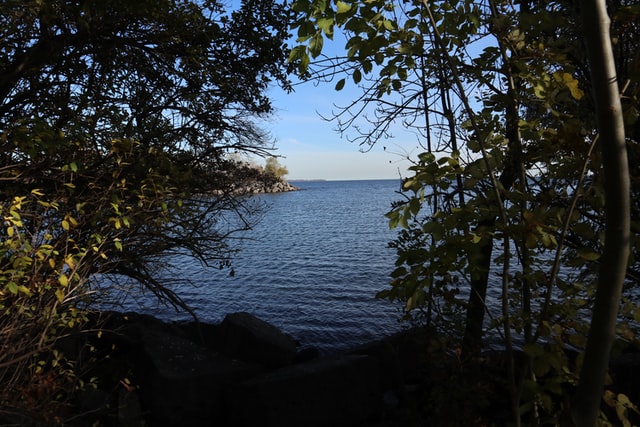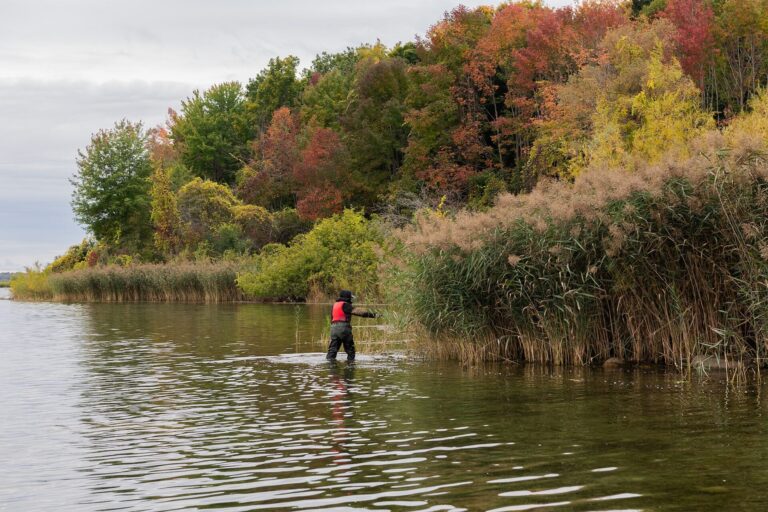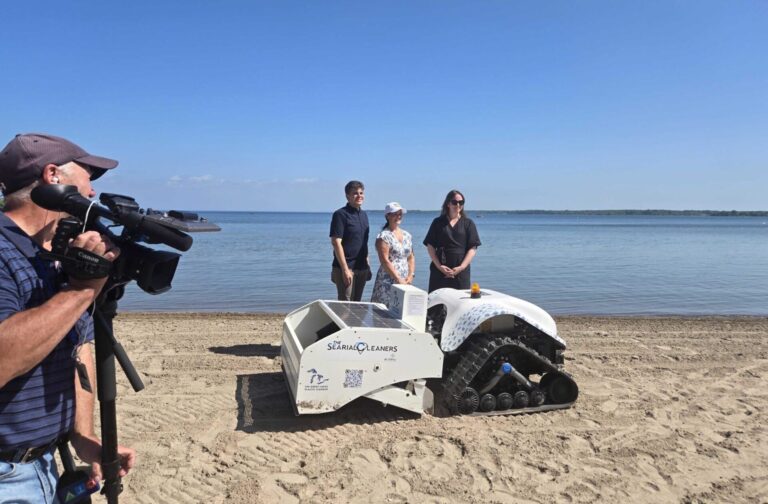Toronto, ON – Mayor John Tory was joined at Highland Creek Ravine by Member of Parliament for Scarborough—Rouge Park Gary Anandasangaree, on behalf of the Honourable Dominic LeBlanc, Minister of Intergovernmental Affairs, Infrastructure and Communities, Councillor Jennifer McKelvie (Scarborough-Rouge Park), Chair of the Infrastructure and Environment Committee, and Vijay Thanigasalam, Parliamentary Assistant to the Minister of Infrastructure and Member of Provincial Parliament for Scarborough-Rouge Park on behalf of the Honourable Surma Kinga, Minister of Infrastructure to highlight the City of Toronto, Government of Canada and Province of Ontario partnership to enhance Toronto’s Ravine Strategy.
Multi-government collaboration and support are crucial to achieving the goals of the Ravine Strategy, which include protecting and restoring ravines for the benefit of all generations. The City is grateful for the support of the Government of Canada and the Province of Ontario for its contributions to the Ravine Strategy. The contributions include providing resources for capital investment projects that allow the construction and enhancement of multi-use trails and operating funds to support tree planting and restoration of the urban forest.
Since 2020, the Government of Canada has provided $18.2 million towards the Ravine Strategy and the City of Toronto has contributed $39.8 million.
Key projects supported include:
- Constructing a new trail connection from the Meadoway to Highland Creek Trail, creating a vibrant expanse of urban greenspace and meadowlands
- Improving existing trails through Taylor Creek Park, Rowntree Mills Park, Centennial Park and the Scarborough Waterfront, including trail reconstruction and rehabilitation of pathway systems
- The design and construction of the East Don Trail Phase 2b (Loop) and Phase 3, once completed, will create a trail connection from Lawrence Avenue East – to Lake Ontario
- Installing new trail wayfinding signage in ravines at the East Don Trail, Upper Highland Trail, Meadoway, Upper Black Creek and Loop Trail, improving accessibility for ravine users
- Enhancing existing entry points at three ravines across the city, including Edwards Gardens, to improve community access to green spaces
- Protecting and restoring the trail at Highland Creek from erosion
- Improving natural infrastructure in Priority Investment Areas by restoring wetlands at Cudmore Creek, Chester Springs, Upper Black Creek, Rowntree Mills, Morningside Park and Sunnybrook Park
- A design to address the Mid-Humber gap that will create a safe, continuous, multi-use trail system both along the Humber River Trail and the future Loop Trail
Toronto’s ravine system is the city’s greatest natural asset, measuring more than 300 kilometres and 11,000 hectares. The city’s network of ravines has significant ecological value, are places where people seek active and passive recreation, house critical grey and green infrastructure and contribute significantly to the resilience of the city. They contribute $822 million in ecological and recreational services annually.
In 2020, City Council adopted Toronto’s Ravine Strategy implementation plan, outlining key actions and recommendations to protect, enhance and celebrate the city’s ravine system over the next 10 years. More detailed information on the City’s Ravine Strategy and its implementation can be found on the Ravine Strategy webpage.









